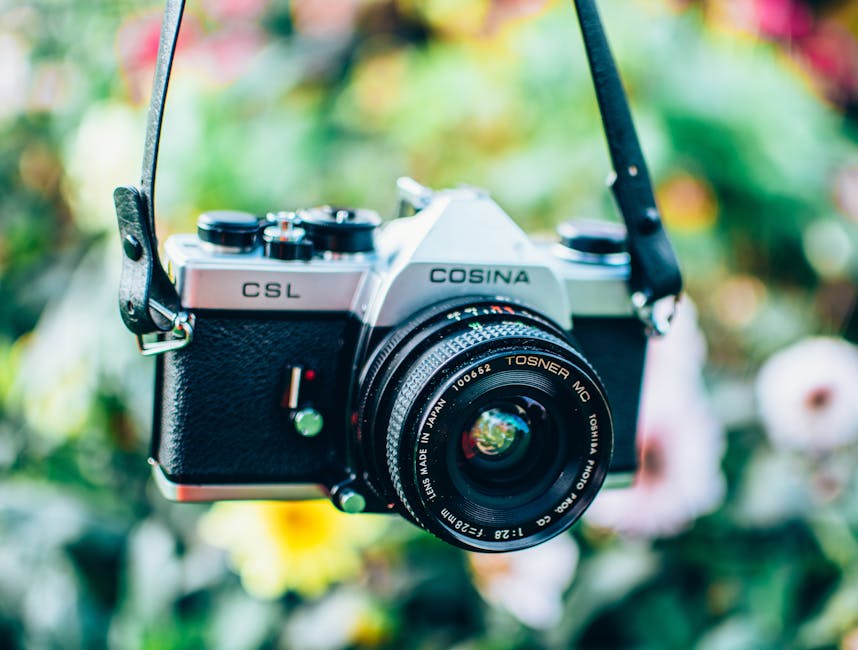The world of photography has seen a remarkable transformation with the advent of single-lens reflex (SLR) digital cameras. These powerful tools empower photographers of all levels to capture stunning images with exceptional clarity, depth, and versatility. Whether you're a seasoned pro or just starting your photographic journey, understanding the basics of SLR digital cameras is crucial.
**What is an SLR Digital Camera?**
SLR digital cameras, also known as DSLRs, are characterized by their unique design that incorporates a reflex mirror. This mirror reflects the image captured by the lens onto the viewfinder, allowing you to see a real-time preview of the shot you're about to take. Unlike point-and-shoot cameras, DSLRs offer interchangeable lenses, providing photographers with the flexibility to choose the lenses that best suit their specific shooting requirements.
**Benefits of SLR Digital Cameras**
* **Image Quality:** DSLRs excel in delivering exceptional image quality, thanks to their large sensors that capture more light and produce lower noise levels. This translates to sharp, detailed images even in low-light conditions.
* **Lens Interchangeability:** The ability to change lenses gives photographers unprecedented creative control. From wide-angle landscapes to close-up portraits, DSLRs enable you to experiment with different perspectives and capture a wide range of subjects.
* **Manual Controls:** DSLRs provide comprehensive manual controls, empowering photographers to fine-tune exposure, aperture, and shutter speed for precise image optimization. This level of control allows for greater artistic expression and the realization of unique photographic visions.
* **Viewfinder:** The optical viewfinder in DSLRs offers a clear and accurate preview of the scene, helping photographers compose shots with confidence. The viewfinder also eliminates the parallax effect, a common issue with compact cameras.
**Getting Started with SLR Digital Cameras**
If you're considering purchasing an SLR digital camera, here are some tips to help you get started:
* **Choose a Lens:** Select a lens that suits your primary photographic interests. Wide-angle lenses are ideal for landscapes and group shots, while telephoto lenses are great for wildlife and close-ups.
* **Master Exposure:** Learn the basics of exposure, including aperture, shutter speed, and ISO. Understanding these settings will enable you to control the brightness and depth of field in your images.
* **Practice Composition:** Pay attention to the composition of your shots, considering elements such as the rule of thirds, leading lines, and balance. This will help you create visually pleasing and impactful photographs.
* **Experiment with Lighting:** Natural and artificial lighting can dramatically affect your images. Experiment with different lighting conditions to enhance the mood and atmosphere of your shots.
* **Learn Image Editing:** Basic image editing software can help you improve the quality and aesthetics of your photographs. Learn to adjust color, contrast, and sharpness to enhance the impact of your images.
**Conclusion**
SLR digital cameras offer a world of possibilities for photography enthusiasts of all levels. By understanding the basics of SLR cameras and experimenting with different settings, you can unlock your creative potential and capture breathtaking images that will preserve precious memories and inspire artistic expression.

